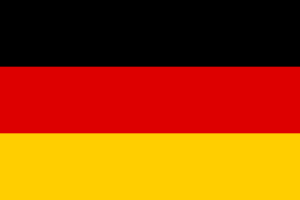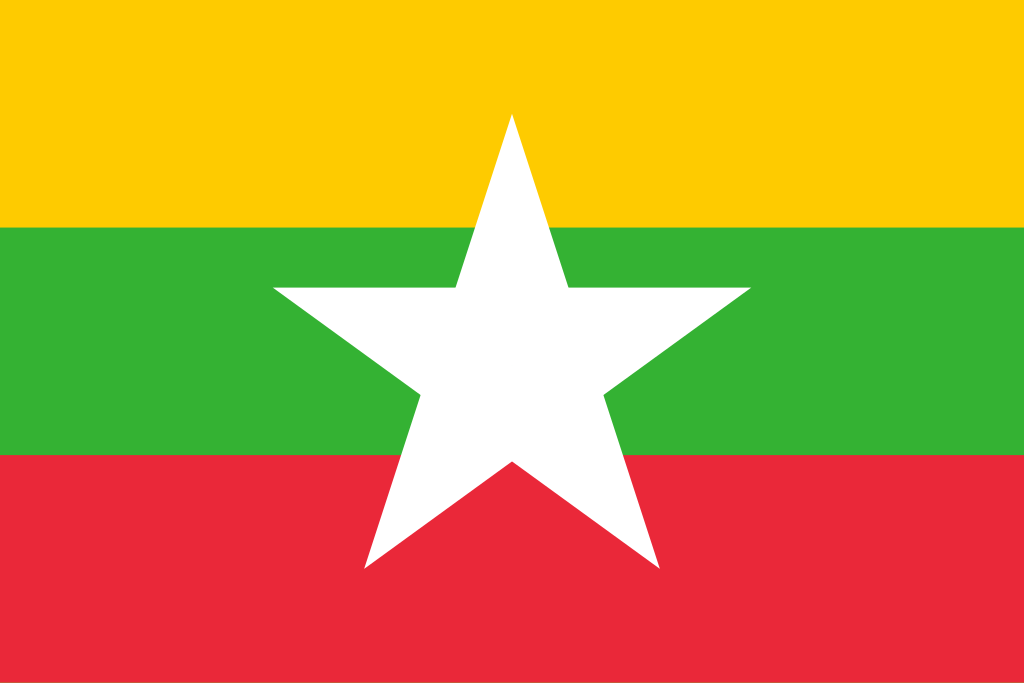Artificial Intelligence (AI) is rapidly transforming the language translation industry. According to Ofer Shoshan, CEO of One Hour Translation, Neural Machine Technology (NMT) will soon dominate nearly 50% of the global translation market within the next 1-3 years.
With major tech companies investing heavily in AI-driven translation, the industry is shifting towards automation. But can AI truly replace human translators, or will it always require human expertise?
The Current Role of AI in Language Translation
Leading companies like Google, Microsoft, and Skype are making significant strides in AI-based translation. Some key developments include:
✅ Google Translate: Supports 100+ languages, with 32% in conversation mode and 40% in visual translation.
✅ Skype Meeting Broadcast: Offers real-time translation & transcription for virtual meetings.
✅ Microsoft Translator: A newly launched AI-powered translation tool.
✅ Smart Mobile Apps & Online Translators: AI-driven applications are becoming more advanced and accessible.
Despite these advancements, AI still struggles with complex scripts like Japanese and Chinese.
How AI is Evolving in Translation?
The Rise of Neural Machine Translation (NMT)
Neural Machine Translation (NMT) mimics the human brain by processing massive amounts of linguistic data. Key benefits include:
🚀 Faster Translation: AI can process millions of words in seconds.
💰 Cost-Effective: Reduces the need for human labor, making translation more affordable.
🔄 Continuous Learning: AI can adapt and improve over time with new data.
NMT allows seamless updates without extensive reprogramming, making machine translation more efficient.
Can AI Replace Human Translators Completely?
The Limitations of AI in Translation
While AI is improving, it still struggles with:
❌ Emotions & Cultural Nuances: Machines lack the ability to interpret emotions, humor, or regional dialects.
❌ Contextual Understanding: A word like “woods” in English can mean timber or a forest, which AI may mistranslate.
❌ Idioms & Slang: AI struggles with metaphors, idioms, and informal expressions.
For business translations, especially in marketing, legal, and creative industries, human expertise is irreplaceable.
The Future – AI & Human Translators Working Together
Instead of replacing human translators, AI will augment them by:
🤝 Automating repetitive tasks, allowing translators to focus on refinement and quality.
📈 Enhancing productivity in business and e-learning translation.
🎯 Providing instant drafts, which human professionals can edit for accuracy.
AI + Human Collaboration is the future of translation—machines handle speed, while humans ensure quality and accuracy.
Conclusion
AI is revolutionizing translation but cannot fully replace human translators. Businesses still require human expertise for context, emotion, and cultural accuracy.
📢 Need high-quality translation services? Lingual Consultancy offers expert human translation and localization services in 250+ languages with 16,000+ professionals worldwide.










